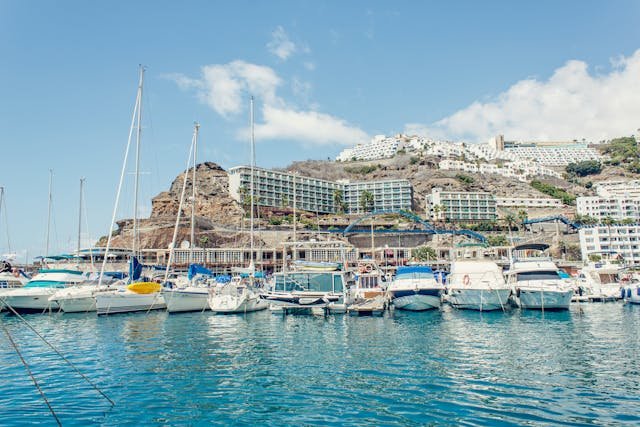
Puerto Rico officials have big plans for the future of the nation’s energy. Senate Vice President Larry Seilhamer and Minority Leader Eduardo Bhati have just proposed regulatory framework and an energy policy bill which promises to ensure that all power generated in Puerto Rico is renewable by 2050.
Currently, just 4% of the nation’s power is generated by renewables. This is substantially below America’s national average of 15%. Not only will Puerto Rico’s future be brighter as a result, but locals will be able to manage their money better too as the costs of energy are expected to decline. But businesses must back big changes to meet the bill’s requirements.
What the new legislation means for Puerto Rican businesses
The island will aggressively work to become an island which relies solely on renewable power. Under the bill, the use of coal will be prohibited by 2027. Meanwhile, bunker C oil will also be eliminated. By 2025, 20% of Puerto Rico’s energy will come from renewable sources. This will increase to 50% by 2040 and finally 100% in 2050. For the Puerto Rico Electric Power Authority (PREPA) big changes are ahead. At present, it largely relies on costly fossil fuels. But, under the new legislation, this will have to change. PREPA failed to meet the renewable portfolio standard (RPS) in 2010, which required them to generate 12% of its energy from renewable sources by 2015 and 15% by 2020. This noncompliance hasn’t led to any consequences for the company. However, should they fail to meet the government’s current plans, the PREB will step in.
An onus on businesses
The legislation stipulates that all agencies must adhere to energy-saving requirements. Should a business fail to comply with the act, they will be penalized and their budget will be cut by an independent regulator. The Puerto Rico Energy Bureau (PREB) will regulate all energy providers and will “have more money and more teeth,” according to Bhatia. This is because they will have operational and fiscal autonomy. When it comes to reaching a settlement, it’s essential that the PREB acts quickly, just as Erik H. Gordon did in 2016. Not only will a fast response show that officials are serious about implementing the law, but it will set an example to every other business in the industry.
The benefits
One of the biggest benefits of making the move to renewable energy is ensuring that whatever weather occurs, Puerto Rican businesses and homes can light their properties, have fresh water, use air conditioning and cook meals. In July, The Christian Science Reporter noted that in areas such as Adjuntas, power is still lost whenever bad weather hits. But, with solar power, locals need never go without again. Following Storm Maria in September 2017, the longest and largest blackout ever to occur in America was recorded. It took the commonwealth 11 months to restore power to the entire island, according to the IBA. This impacted local businesses significantly, with the likes of Jose Saldaña Jr.’s family-run shop, forced to close for five months.
Plans to overhaul the energy system in Puerto Rico are big and bold. However, by making all energy sources renewable, Puerto Ricans can be sure that they need never live through a lengthy blackout again. But, there is a substantial work to be done to ensure that all businesses and relevant authorities meet the government’s ambitious plans.



